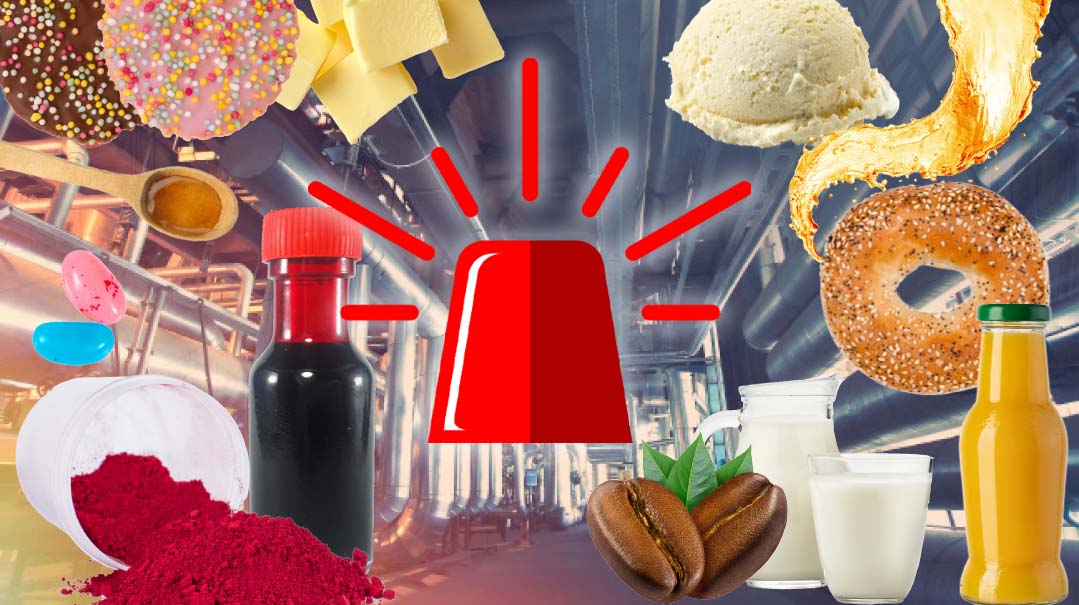Secret Ingredients
| January 25, 2022Stuff you never knew could end up in your food

Don’t you love cupcakes covered in frosting and colored sprinkles? Sprinkle cookies? Sprinkles, any way you can eat them? You’re not alone; lots of kids (and even adults) love the brightly colored, tiny balls of festivity and fun. But I bet you never knew that a popular food coloring used in sprinkles actually comes from bugs. Yes, insects.
Carmine, a bright red color, is extracted from insects called cochineals. The little creepy-crawlies are harvested, sun-dried, and crushed. Their remains are then dumped in a special acidic preparation, where they turn into “carminic acid.” After additional processing, this becomes an ingredient that might show up on your ingredient list as “Natural Red 4.” Natural? Sure! Bugs are about as natural as it gets, don’t you say?
(As an aside, look at the ingredients on a candy wrapper. For many candies, other than sugar and chemicals, the other ingredients are colorings, and they are often labeled with numbers. Take, for example, Red No. 2 and Red No. 40. Those food colorings are made from processing parts of coal or petroleum! Not very good for you!)
Worried about eating bug remains in your sprinkles? While some opinions say it’s alright, because it’s undergone extensive processing and doesn’t have any “bugginess” left in it, most major hashgachos do not certify products containing Carmine. Are you relieved?
Oops! We could not locate your form.





